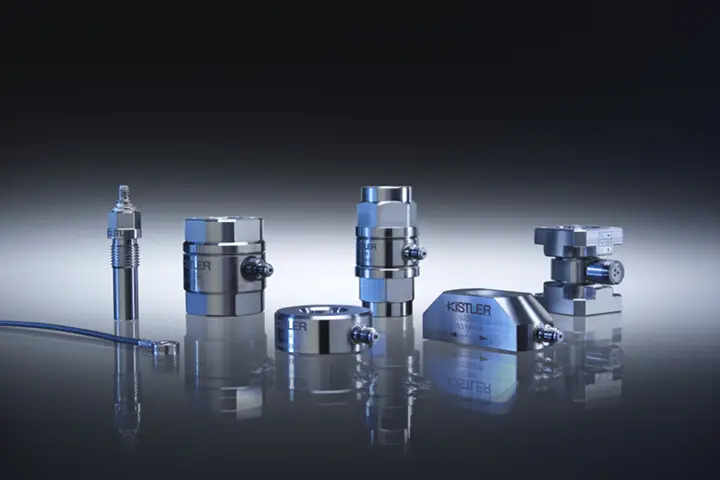Piezoelectric force sensors are based on the piezoelectric measurement principle. They are suitable for measuring (highly) dynamic and quasistatic forces. The force acting on the quartz built into the sensor generates a proportional charge at the signal output. A downstream charge amplifier converts this into a process signal that can be evaluated. One of the special advantages of the piezoelectric measurement element is its constant measurement accuracy over a wide measuring range: thus, it is possible to use a very large sensor to measure the smallest of forces – with constant measurement accuracy. Piezoelectric sensors are also characterized by a high level of overload protection, eliminating the need for protective measures, especially in low measuring ranges.
Force transducers, on the other hand, are sensors that are based on the strain gauge principle. They are suitable for the measurement of static and quasistatic tensile and compression forces. Force transducers can also be used for weighing and for determining torques.
All terms are now used universally, which is why it is not possible to establish a clear delineation.







